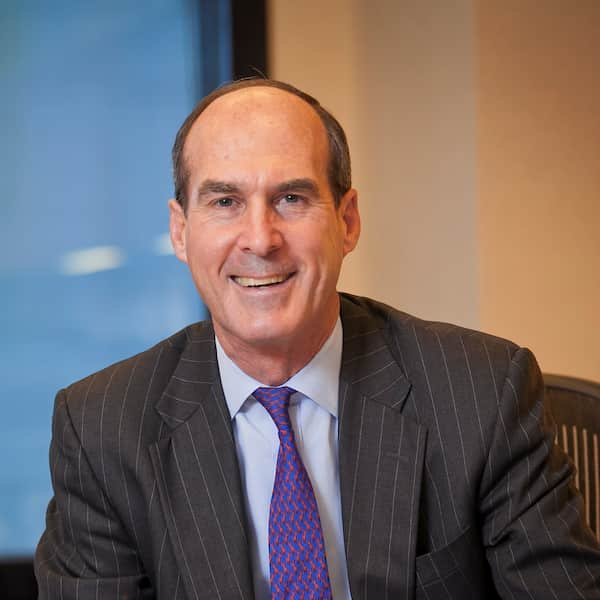Strategy
Prescriptions For Change

This article, the third in a series, sets out actionable ideas for advisors working with ultra-high net worth clients.
(See the first and second articles here and here.)
This commentary is from Jamie McLaughlin, chief executive of J H McLaughlin & Co, a founder of the UHNW Institute in the US, and a member of FWR's editorial board. He has commented on stories in these pages (see here.) Like parts one and two of this series, it also appeared in a publication by The Investments & Wealth Institute.
The editors of FWR are pleased to share these insights. The usual editorial disclaimers apply. To comment, email tom.burroughes@wealthbriefing.com and amanda.cheesley@clearviewpublishing.com
Ownership – wide eligibility for ownership that transitions G1 founders’ capital to next generation owners is a best practice. The earlier an internal equity “recycling” process starts, the less need for a capital sponsor and potential loss of control.
Ideal Client Profile – firms should define and stick to an ideal client profile. Identifying client segments where the firm can deliver the most value lowers a firm’s cost of acquisition and, while perhaps not replicable, ensures a more consistent and sustainable service delivery.
Client acquisition – most centimillionaire clients, including family offices, maintain multiple professional advisors. Winning “set pieces” within large and complex families and expanding the mandate over time is a more practical approach than attempting to replace existing advisors outright.
Pricing (1) – employ a mix of asset-based and non-asset-based pricing, the latter a retainer fee under a Master Service Agreement (as opposed to an investment advisory agreement) updated annually based on the scope and complexity of services to be rendered. While this protects against margin erosion due to “scope creep,” it is also a defense against the loss of pricing power for investment management and an asset-based model’s vulnerability to capital market cycles.
Service model – a “core versus adjacent” approach that examines those services a firm can deliver profitably alongside a systematic partnering with external or “adjacent” firms for whatever reason is a best practice. There are many variations that do not entail the loss of client primacy.
Staff Model – the ensemble staff model (lead advisors with support staff supported by specialized teams) is the primary determinant of a firm’s profitability. It improves the client experience by delivering the best thinking of the firm to all clients.
Talent development – firms will need to have early identification systems in place to identify and recruit talent. Personality assessment tools are part of the answer. Further, they will need to build academies and centers of learning to “breed” the next generations of advisors with an emphasis on client relationship delivery skills. Pirating advisors from other firms is not the solution and can beget cultural incompatibility and dilution.
Technology – the cloud-computing revolution is a tailwind. While there is no omnibus UHNW or family office tech-stack platform, emerging SaaS alliances present an opportunity to rethink legacy systems.
VI – Summary
Serving UHNW and centimillionaire clients presents firms with
unique challenges due to their clients’ complex, customized
needs, making traditional business models less viable.
For most firms, the service “bar” is too high and the economics too perilous. They should be cautioned to stay in their respective “swim lanes” where the service complement is more replicable and the economics more predictable and salutary.
Key trends include a demand for counseling, an expansion in service expectations, a shift toward alignment, and increasing family complexity. However, many firms lack the depth, capital, and talent to serve this demand without eroding profitability. Scaling while maintaining client intimacy is particularly difficult.
The exemplars will assemble the right people in an ensemble staff configuration, develop their “home-grown” talent pipelines, manage their growth around a disciplined client acquisition strategy anchored to an ideal client profile, adhere to a disciplined service delineation that requires coordination and collaboration with outside professionals, and evolve beyond an asset-based pricing model where there is consideration commensurate with the value rendered.